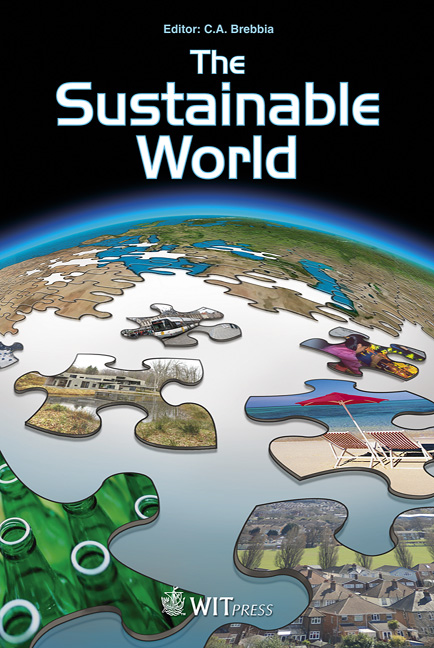Study Of The Traditional Tabique Constructions In The Alto Tâmega Region
Price
Free (open access)
Transaction
Volume
142
Pages
9
Page Range
299 - 307
Published
2010
Size
4,576 kb
Paper DOI
10.2495/SW100281
Copyright
WIT Press
Author(s)
J. Pinto, H. Varum, A. Cepeda, P. Tavares, J. Lousada, P. Silva & J. Vieira
Abstract
Tabique constructions can be found almost everywhere in Portugal. In fact, it is one of the most used traditional building techniques using raw materials, such as earth and wood, particularly for interior partition walls. A tabique constructive element can be described as a timber structure, more or less complex and robust, filled and plastered on both sides by a composite earth based material. The Trásos- Montes e Alto Douro region is the northeast region of Portugal where the tabique heritage is very vast/the most significant. Tabique can be found in many kinds of constructions, from the very simple rural dwellings to more important buildings and constructions, such as castles, villas, etc. Many of the existing tabique constructions present an advanced stage of deterioration, partially justified by the maintenance knowledge and practice that has been lost over time about these techniques and their rehabilitation procedures, due to the fast introduction of new materials in the construction. Considering this, research work has been developed with the main objectives of studying the building process of tabique construction elements, typifying dimensions of tabique walls and their components, and characterizing constitutive materials. Within this research project, it was intended to create a knowledge base that can guide and stimulate future rehabilitation actions in this field. At the first stage, this study was developed at one of the six council associations of the Trás-os-Montes e Alto Douro region, namely the Alto Tâmega. A selected group of constructions,
Keywords
sustainability, raw materials, tabique, composite timber-earth construction elements, characterization, rehabilitation





